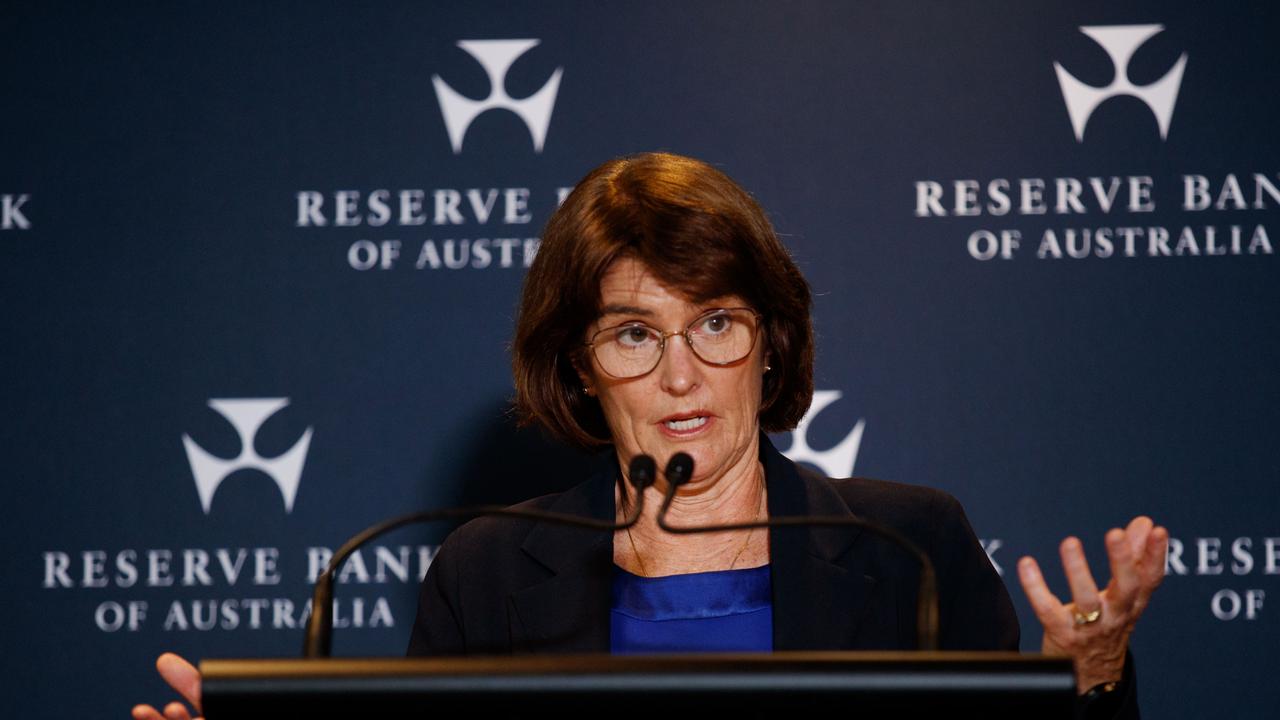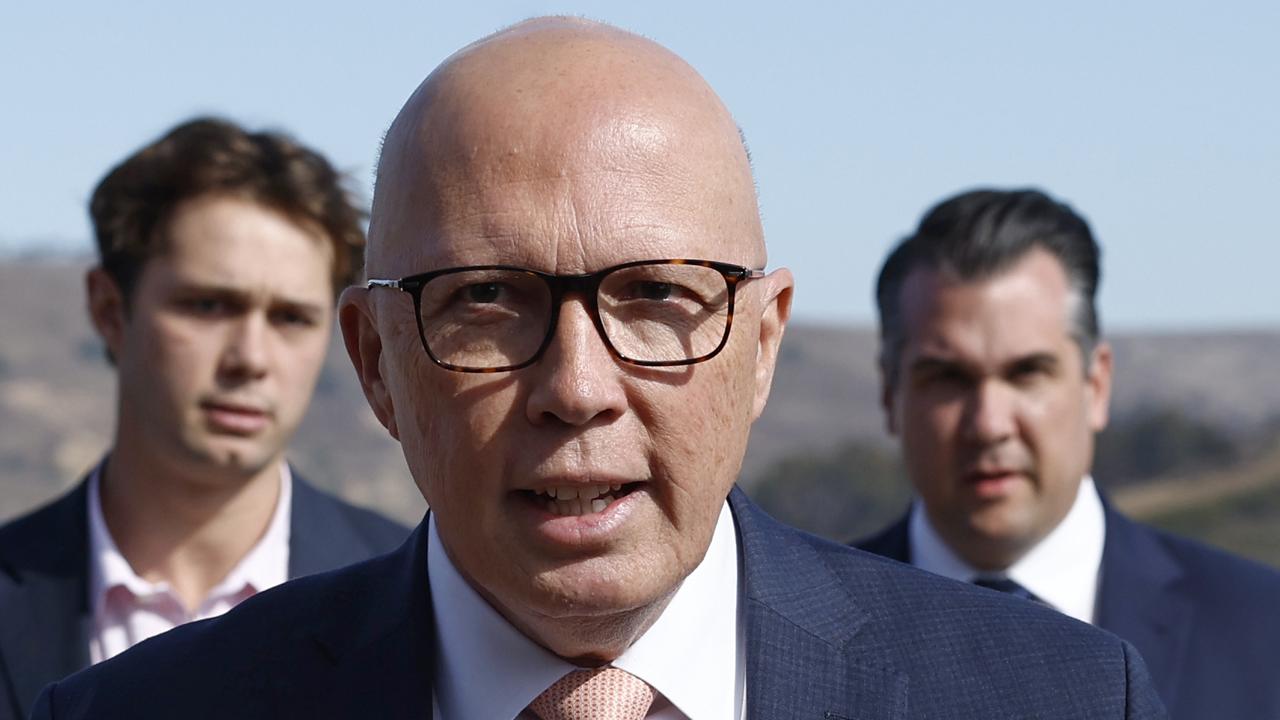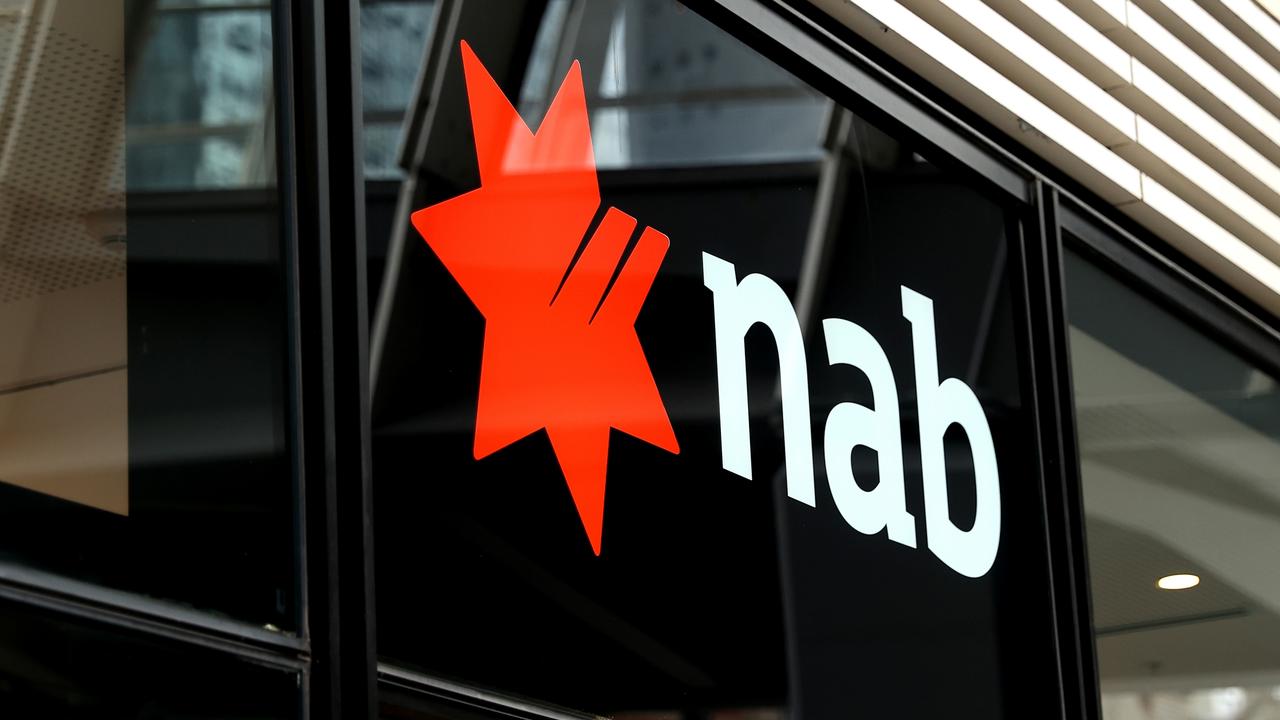Reserve Bank of Australia hikes cash rate by 0.25, adding thousands to mortgage payments
The RBA has hit Australians with a sixth straight rise to the cash rate in a move that could financially cripple thousands.
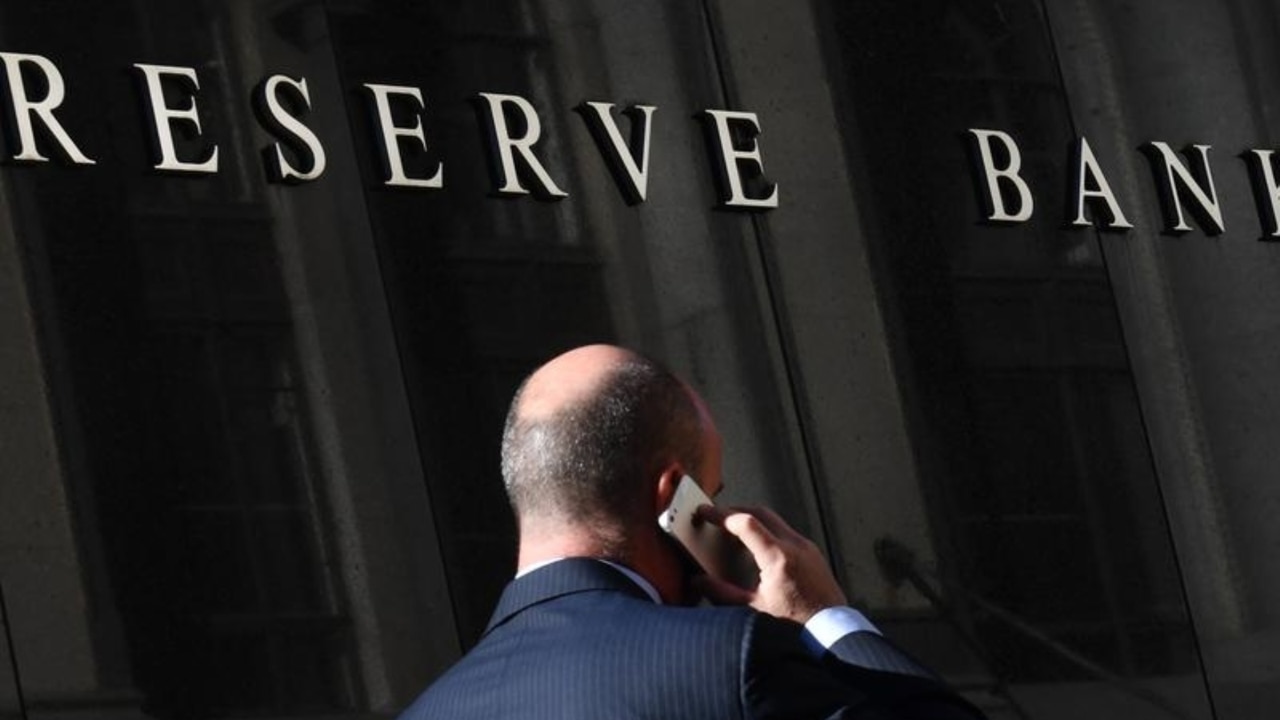
Australian homeowners will have to fork out thousands more in repayments each year with the Reserve Bank of Australia announcing a fresh interest rate hike.
The shift is a 0.25 per cent rise and takes the cash rate to 2.6 per cent, the highest level since 2013.
It is also the sixth consecutive hike since May 2022.
The RBA has continued its fast pace of rate hikes in order to ensure inflation expectations remain anchored around its two to three per cent target.
Graham Cooke, head of consumer research at Finder, said Aussies with a $500,000 mortgage will now be paying almost $9,000 more a year in interest compared to just six months ago.
“Australians with a $500,000 mortgage will be forking out $735 more per month compared to what they were paying in April,” he said.
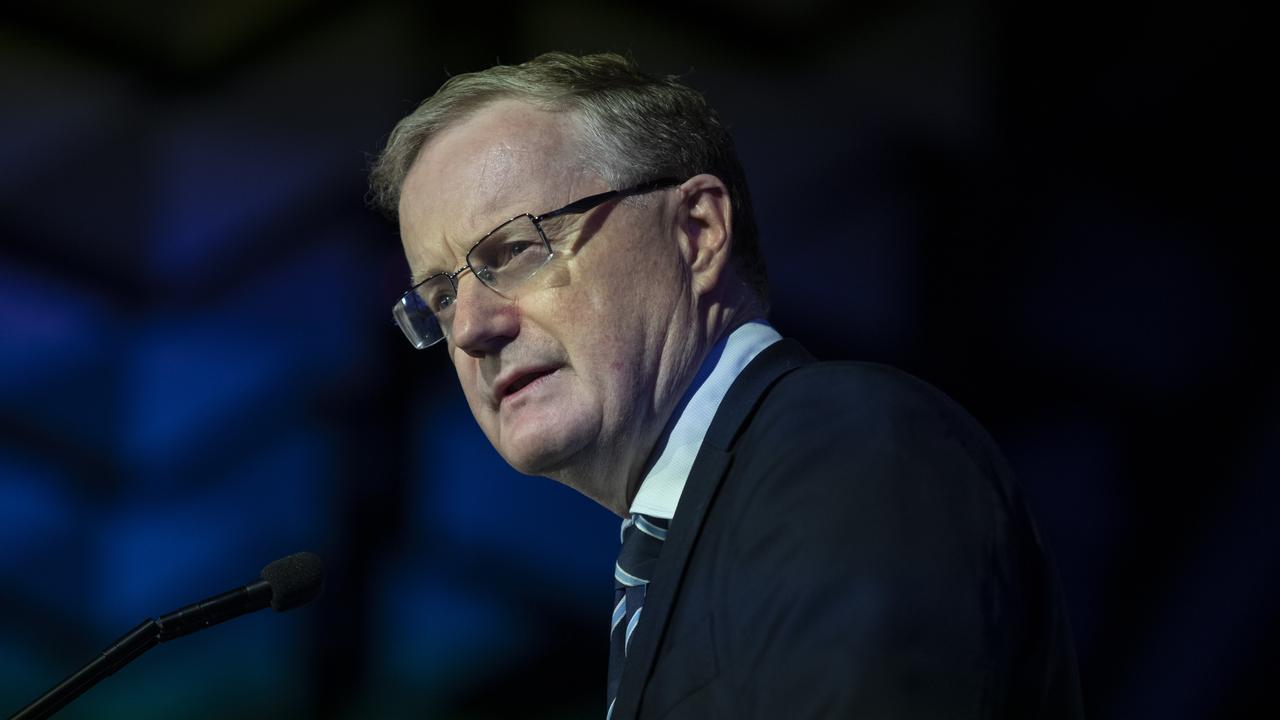
“That’s a whopping amount of extra money to pay every month – especially when everyday items like groceries and petrol are skyrocketing in price.
The average monthly repayment is $2,966 a month and $35,592 a year, with the latter figure up $8820 in the past six months.
Governor of the Reserve Bank of Australia, Phillip Lowe, said fluctuating levels of inflation for at least the next year will bring new challenges.
“A further increase in inflation is expected over the months ahead, before inflation then declines back towards the 2–3 per cent range,” he said.
“The expected moderation in inflation next year reflects the ongoing resolution of global supply-side problems, recent declines in some commodity prices and the impact of rising interest rates.
“Medium-term inflation expectations remain well anchored, and it is important that this remains the case. The Bank’s central forecast is for CPI inflation to be around 7¾ per cent over 2022, a little above 4 per cent over 2023 and around 3 per cent over 2024.”
Mr Lowe went on to say how Australians reacted to the latest rises would determine what similar steps might be needed in the future.
“One source of uncertainty is the outlook for the global economy, which has deteriorated recently. Another is how household spending in Australia responds to the tighter financial conditions,” he said.
“Higher inflation and higher interest rates are putting pressure on household budgets, with the full effects of higher interest rates yet to be felt in mortgage payments.
“Consumer confidence has also fallen and housing prices are declining after the earlier large increases.”
Rates have not risen with such speed since 1994 when the cash rate soared from 4.75 to 7.5 per cent in just five months.
Chief Economist at CreditorWatch, Anneke Thompson, said the hike comes amid unstable financial circumstances across the world.
“Global factors have played a key role in today’s decision by the RBA, as inflation continues to remain sticky in the US, and currency movements make inflation harder to tame in Australia,” Ms Thompson said.
“The US Federal Reserve hiked their interest rates another 75 basis points in September, and indicated they won’t stop until inflation is well under control there.”
Ms Thompson went on to note Australia’s unpredictable job market was having an impact on general economic stability.
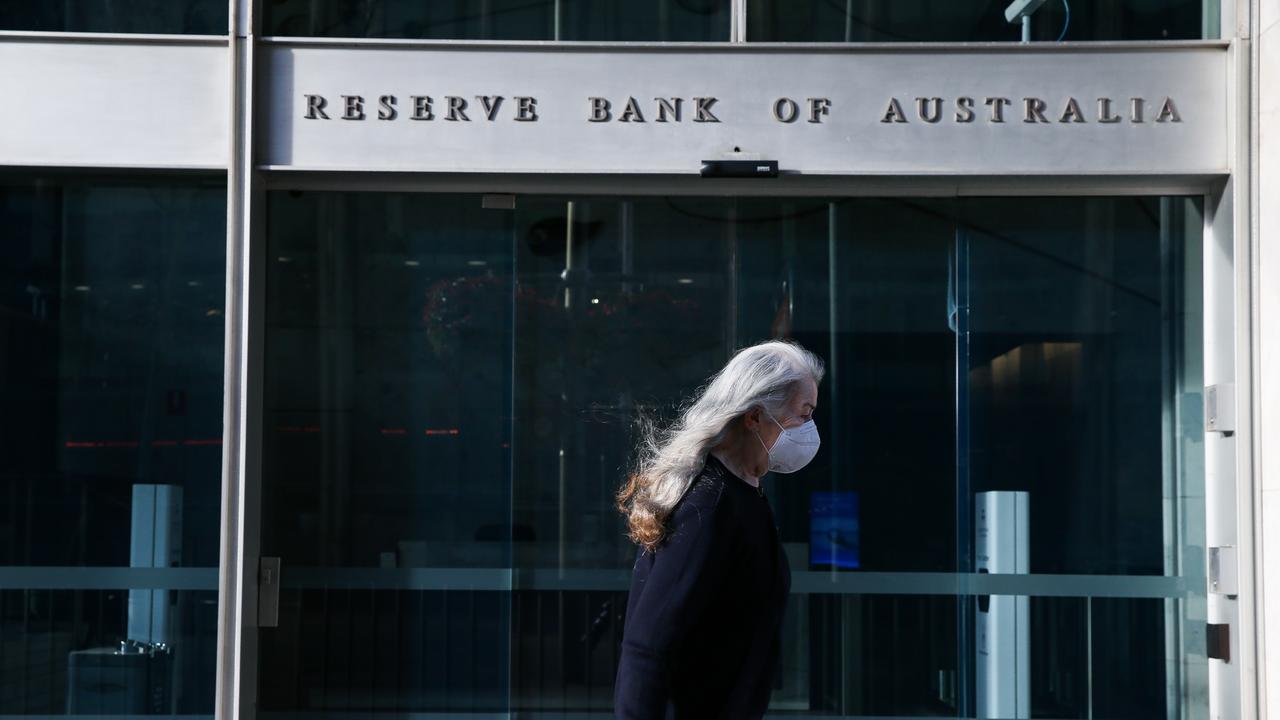
“There are now 10,000 fewer jobs available in Australia than three months ago. This is a forward indicator for unemployment, and coupled with increasing labour supply through migration, we may have already witnessed our trough in the unemployment rate,” she said.
“Given strong employment has been such a key driver of consumers’ willingness to spend, the RBA will be watching this data closely.
“If the unemployment rate does continue to ease, the RBA may choose to make more ‘wait and see’ decisions as we move through the remainder of 2022 and in to 2023.”
The big four banks forecast a cash rate above three per cent by the end of the year with Westpac tipping it could be as high as 3.60 per cent by February 2023.
Finance expert, Steve Mickenbecker from Australia’s biggest financial comparison site, Canstar, said borrowers need to adjust to the new norm of higher interest rates.
“Borrowers will have to get used to dealing with higher interest rates as the norm,” Mr Mickenbecker said.
“Even though inflation remains way above the Reserve Bank’s target, it may still find a case for a conservative pause in cash rate rises. Recession is rearing its ugly head overseas, and with wage inflation way below price inflation and interest rate hikes, recent borrowers in particular are going to be under extreme stress.
Based on Westpac’s forecast, Canstar analysis shows the average variable home loan rate could skyrocket to 6.48 per cent by the end of February.
This would be more than doubling since the rate rise cycle began in April 2022 and pushing up monthly repayments over this period by 50 per cent.
Read related topics:Reserve Bank

